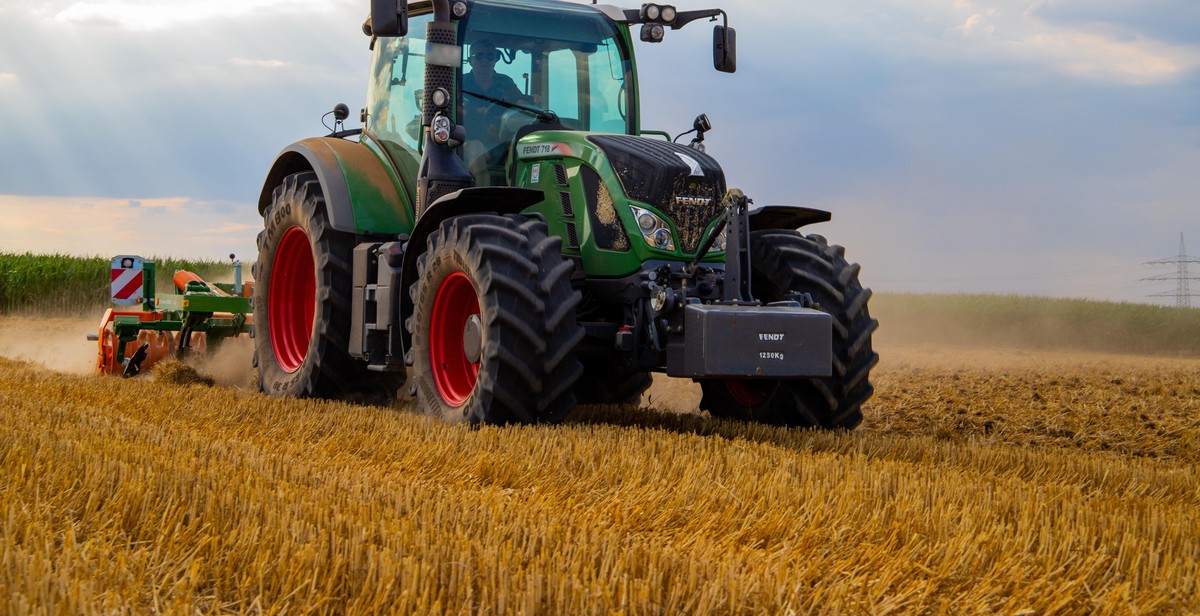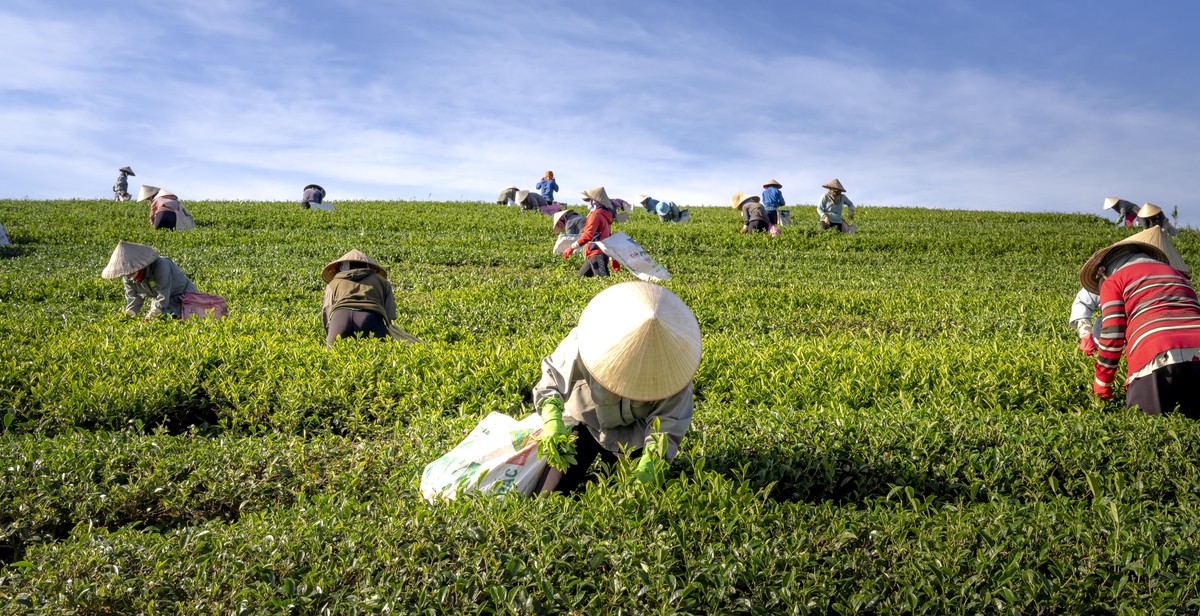How to Start an Urban Farm in Small Spaces
Urban farming is becoming more and more popular as people realize the importance of growing their own food and the benefits of having fresh produce right at their doorstep. In today’s world where the demand for food is high and resources are limited, urban farming provides a sustainable solution to meet the needs of the community.
Why Urban Farming is Important
Urban farming plays an important role in promoting food security, reducing carbon footprint, and improving the health of the community. With the increase in urbanization, the distance between farms and consumers has grown, resulting in longer transportation times and increased carbon emissions. Urban farming helps to reduce the distance between food production and consumption, thereby reducing the carbon footprint of food transportation. Additionally, urban farming provides fresh produce that is free from harmful chemicals and pesticides, promoting a healthier lifestyle.
Benefits of Urban Farming
The benefits of urban farming are numerous. By growing your own food, you can save money on groceries, reduce your carbon footprint, and promote a healthier lifestyle. Urban farming also provides an opportunity for community building and education. By working together to grow food, communities can come together and build stronger relationships while learning about sustainable agriculture practices.
If you’re looking to start an urban farm in a small space, there are many resources and tools available to help you get started. With a little bit of planning and creativity, anyone can start growing their own food and reaping the benefits of urban farming.

Assessing Your Space
Before starting an urban farm in small spaces, it is essential to assess the available space, sunlight exposure, and soil quality. These factors play a crucial role in determining the success of your urban farm.
Determining Available Space
The first step in assessing your space is to determine the amount of available space. You can measure the area using a measuring tape or use online tools to calculate the square footage. Once you have determined the size of your space, you can plan the layout of your farm and decide which crops to grow.
Evaluating Sunlight Exposure
Plants need sunlight to grow, so it’s essential to evaluate the amount of sunlight your space receives. You can do this by observing the area throughout the day and noting the areas that receive full sun, partial sun, or shade. Most vegetables require at least six hours of direct sunlight per day, while some leafy greens can grow in partial shade.
Assessing Soil Quality
The quality of your soil is also essential to the success of your urban farm. You can assess the soil quality by observing the texture, drainage, and pH level. You can also conduct a soil test to determine the nutrient content of the soil. If your soil is poor quality, you can improve it by adding organic matter, such as compost or manure.
| Determining Available Space | Evaluating Sunlight Exposure | Assessing Soil Quality |
|---|---|---|
| Measure the area using a measuring tape | Observe the area throughout the day and note the areas that receive full sun, partial sun, or shade | Observe the texture, drainage, and pH level of the soil |
| Use online tools to calculate the square footage | Most vegetables require at least six hours of direct sunlight per day, while some leafy greens can grow in partial shade | Conduct a soil test to determine the nutrient content of the soil |
Assessing your space is a crucial step in starting an urban farm in small spaces. By determining the available space, evaluating sunlight exposure, and assessing soil quality, you can plan the layout of your farm and choose the crops that are suitable for your space.

Choosing Your Crops
When starting an urban farm in small spaces, selecting crops that thrive in limited areas is crucial. Here are some tips on how to choose the best crops for your urban farm:
Selecting Crops that Thrive in Small Spaces
Small spaces require crops that don’t take up much room. Choose crops that have compact growth habits, such as bush varieties of tomatoes, cucumbers, and beans. Leafy greens, such as lettuce, spinach, and kale, are also great choices for small spaces because they can be grown in tight rows or in vertical gardens.
Choosing Crops Based on Sunlight and Soil Requirements
Before selecting your crops, it’s important to assess your space’s sunlight and soil conditions. Some crops require full sun, while others can tolerate partial shade. Leafy greens, for example, can grow in partial shade, while tomatoes need at least six hours of direct sunlight per day. Additionally, different crops have varying soil requirements. Some crops, such as beans and peas, can fix nitrogen in the soil, while others, such as strawberries, prefer acidic soil. Consider conducting a soil test to determine your soil’s pH level and nutrient content.
| Crop | Size | Sunlight Requirements | Soil Requirements |
|---|---|---|---|
| Leafy Greens | Small | Partial Shade | Well-drained |
| Tomatoes | Medium | Full Sun | Well-drained, Nutrient-rich |
| Cucumbers | Medium | Full Sun | Well-drained |
| Beans | Small | Full Sun | Nitrogen-fixing |
| Peppers | Small | Full Sun | Well-drained, Nutrient-rich |
Remember to choose crops that you enjoy eating and that are suited to your region’s climate. With careful planning and attention to sunlight and soil requirements, you can grow a bountiful urban farm in a small space.

Container Options
When it comes to starting an urban farm in small spaces, choosing the right containers is essential. Not only do they need to be big enough to accommodate your crops, but they also need to be durable, easy to move, and efficient in terms of space usage.
Choosing the Right Containers
There are several types of containers that are suitable for urban farming, including:
- Plastic pots
- Fabric pots
- Wooden boxes
- Metal containers
- Recycled materials like old buckets or tires
When choosing your containers, consider the size and depth of the container, the material it’s made from, and the drainage system. You may also want to choose containers that are stackable or have wheels for easy movement.
DIY Container Options
If you’re on a tight budget, you can also create your own containers using recycled materials. For example:
- Use old wooden pallets to create raised beds
- Convert old buckets or plastic containers into planters
- Repurpose old furniture, like dressers or cabinets, into vertical gardens
With a little creativity, you can create unique and functional containers for your urban farm.

Watering and Fertilizing
Irrigation Options for Small Spaces
Watering your urban garden is crucial for the growth of your plants. However, with limited space, it can be challenging to find the right irrigation system that works for your small farm. Here are some irrigation options that you can consider:
- Drip Irrigation: This method uses a network of tubes to deliver water directly to the roots of the plants. It is a water-efficient system that can be easily installed in small spaces.
- Sprinkler Irrigation: Sprinklers are great for watering larger areas, but they can also be used in small urban gardens. They are easy to install and provide adequate water coverage for your plants.
- Hand Watering: This method is the most basic and affordable way to water your plants. It involves using a watering can or hose to water your plants manually.
Fertilizing Your Urban Garden
Fertilizing your plants is essential to ensure they get the nutrients they need to grow. Here are some tips on fertilizing your urban garden:
- Organic Fertilizers: Organic fertilizers are a great option for urban gardens. They are made from natural materials and provide a slow release of nutrients to your plants.
- Composting: Composting is a great way to create your own organic fertilizer. It involves collecting organic waste from your kitchen and garden and allowing it to decompose into a nutrient-rich soil amendment.
| Fertilizer Type | Benefits |
|---|---|
| Compost | Improves soil structure, adds nutrients, and increases water retention |
| Manure | Provides a rich source of nutrients, improves soil structure, and increases water retention |
| Bone Meal | High in phosphorus, promotes root growth and flower development |
| Blood Meal | High in nitrogen, promotes vegetative growth and greening of plants |
By implementing the right irrigation system and fertilizing your plants, you can ensure a healthy and productive urban farm in small spaces.

Preventing Pests in Your Urban Farm
Pests can be a major problem for any urban farm, but there are steps you can take to prevent them from causing damage to your crops. One of the most effective ways to prevent pests is to keep your farm clean and tidy. Remove any weeds or debris that could provide a habitat for pests. Make sure to dispose of any dead or diseased plants promptly, as they can attract pests.
Natural Pest Control Methods
There are several natural pest control methods you can use on your urban farm. One of the most effective is to encourage natural predators such as ladybugs, lacewings, and praying mantises. These insects feed on common pests like aphids and spider mites. You can also use companion planting to deter pests. For example, planting marigolds alongside your vegetables can help repel pests like nematodes.
Using Pesticides Safely
If natural pest control methods aren’t enough to keep pests under control, you may need to use pesticides. However, it’s important to use these chemicals safely to avoid harming yourself, your crops, or the environment. Always follow the instructions on the label carefully, and wear protective clothing and equipment when applying pesticides. Only use pesticides that are approved for use on the crops you are growing, and never use more than the recommended amount.
| Natural Pest Control Methods | Using Pesticides Safely |
|---|---|
|
|

Harvesting Your Crops
When it comes to urban farming, harvesting your crops is one of the most satisfying parts of the process. Here are some tips for getting the most out of your harvest:
1. Harvest at the Right Time
It’s important to harvest your crops at the right time to ensure that they are as fresh and flavorful as possible. Different crops have different ideal harvesting times, so do your research and plan accordingly. Generally, you’ll want to harvest in the morning when the plants are still cool and hydrated.
2. Use the Right Tools
Using the right tools can make harvesting much easier and more efficient. Some useful tools include pruning shears, scissors, and a harvesting knife. Make sure your tools are sharp and clean before you start harvesting.
3. Store Your Harvest Properly
Once you’ve harvested your crops, it’s important to store them properly to ensure that they stay fresh for as long as possible. Some crops, like leafy greens, can be stored in the refrigerator for several days. Others, like tomatoes, should be stored at room temperature.
4. Share Your Harvest
Don’t forget to share your harvest with friends, family, and neighbors! Not only is it a great way to spread the joy of fresh, homegrown produce, but it can also help build a sense of community in your neighborhood.
By following these tips, you can ensure that your urban farm is a success and that you’re able to enjoy the fruits of your labor all season long.

Conclusion
Starting an urban farm in a small space is a fulfilling and sustainable way to grow your own produce and contribute to your community’s food security. With the right tools, knowledge, and resources, you can transform even the smallest balcony, patio, or rooftop into a thriving garden.
To recap, here are the key steps to starting your own urban farm:
- Assess your space and resources
- Plan your garden layout and choose crops
- Gather necessary tools and materials
- Start seeds or purchase seedlings
- Implement proper watering and fertilizing techniques
- Monitor for pests and disease
- Harvest and enjoy your fresh produce
Remember to always prioritize safety and sustainability in your urban farming practices. Use organic and non-toxic methods to control pests and fertilize your plants, and be mindful of your water usage.
By starting an urban farm, you can not only enjoy the benefits of fresh, homegrown produce, but also contribute to a more sustainable and resilient food system. So don’t let limited space hold you back – start your urban farm today!
